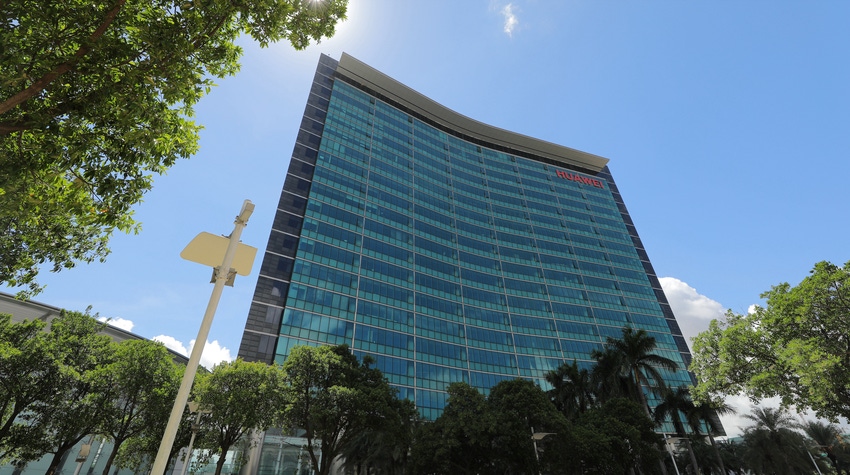Huawei profit soars as it returns to growth
Huawei more than doubles profit in its best result in four years.

Huawei has turned in a bumper full-year result, more than doubling net income and seemingly completing an unlikely turnaround in the face of harsh US restrictions.
The vendor reported a 144% spike in earnings to 87 billion Chinese yuan (US$12.1 billion), with revenue growing 9.6% to RMB704.2 billion ($97.5 billion).
It is Huawei's highest revenue number, and its first year of topline growth, in four years.
It's a long way from the imposition of US chip sanctions five years ago, when executives acknowledged the company was fighting for its survival.
In a statement, Huawei downplayed the figures, with current rotating chairman Ken Hu describing them as "in line with forecast."
The profit bounce was partly driven by the latest payment tranche from handset firm Honor for the Huawei smartphone business it acquired more than three years ago. Huawei didn't disclose the size of the payment.
However, the operating cashflow of RMB69.8 billion ($9.7 billion), up fourfold from 2022 and also the highest in four years, points to a robust underlying performance.
Heavy R&D investment
Significantly, the biggest source of growth was the consumer business unit which, prior to the entity list sanctions, was Huawei's biggest source of revenue. It boosted sales last year by 17% to RMB251.5 billion ($34.8 billion).
The business includes Huawei's revitalized handset segment, which shocked the world by building a sanctions-defying 5G handset last year. It also hosts Huawei's emerging auto industry partnerships, such as the Huawei co-built Aito, one of China's most popular EVs.
Separate from this is the newly formed smart auto components units business, which more than doubled revenue to RMB4.7 billion ($650 million).
Huawei's core ICT infrastructure unit, comprising the legacy carrier network business and enterprise network sales, remains the biggest source of revenue. It grew 2.3% to RMB362 billion ($50.1 billion), while the cloud business was another of the big growth drivers, gaining 22%.
Huawei maintained its heavy R&D investment, which grew 2% to RMB164.7 billion ($22.8 billion). The number of R&D staff remained unchanged at 114,000, 55% of the total workforce.
Hu said in 2024 Huawei would continue to focus on developing core technologies and building up platform capabilities for complex hardware and software systems.
"We will create greater value for our customers and society by driving open innovation, building thriving ecosystems, and succeeding through quality," he said.
Read more about:
AsiaAbout the Author(s)
You May Also Like




_International_Software_Products.jpeg?width=300&auto=webp&quality=80&disable=upscale)







